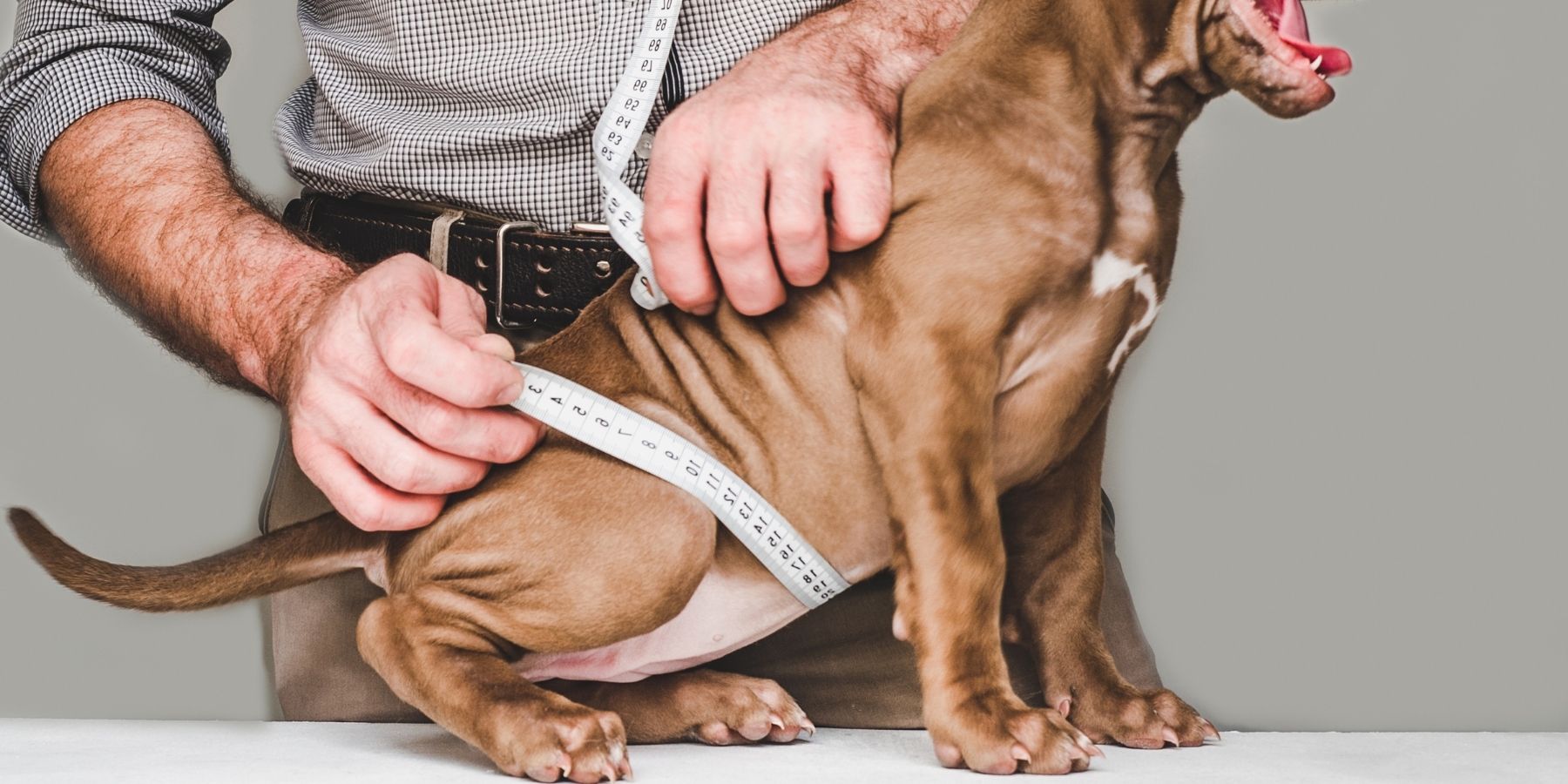When it comes to outfitting your furry friend with a harness, getting the sizing right is crucial. A well-fitted harness ensures your dog’s comfort, safety, and proper control during walks. However, there are common mistakes that dog owners often make when sizing a dog’s harness. In this guide, we’ll highlight these mistakes and provide tips on how to avoid them.
The Importance of Proper Sizing
Before diving into the common mistakes, let’s understand why it’s essential to get the measuring right for your dog’s harness. A harness that is too tight can cause discomfort, chafing, or even restrict your dog’s movement. On the other hand, a harness that is too loose may not provide the necessary control, and your dog might slip out of it.
Why It’s Important: Properly sizing your dog’s harness ensures their comfort, safety, and your ability to manage them during walks.
Common Mistakes to Avoid
Ensuring that your dog’s harness fits correctly is essential for their comfort and safety during walks. Here are some common mistakes to avoid when sizing your dog’s harness:
1. Guessing the Size
One of the most common mistakes is guessing your dog’s harness size. Dogs come in various shapes and sizes, and what fits one dog may not fit another. Each harness has specific measurement guidelines provided by the manufacturer, so guessing is unnecessary.
2. Using a Collar Size
A collar size is not the same as a harness size. Some dog owners mistakenly assume that if their dog’s collar fits well, they can use the same size for a harness. However, the fit and function of these two accessories are entirely different.
3. Not Measuring Girth Correctly
The girth measurement is a critical factor in sizing a harness. It’s the measurement around your dog’s chest just behind their front legs. Many dog owners make the mistake of measuring too loosely or too tightly, leading to an ill-fitting harness.
4. Neglecting the Neck Measurement
The neck measurement is also important, especially for harnesses with neck straps. Measure around the base of your dog’s neck, where the harness collar will sit. Neglecting this measurement can result in discomfort or slipping of the harness.
5. Ignoring Adjustment Options
Some harnesses come with adjustable straps to fine-tune the fit. Failing to utilize these adjustment options is another common mistake. It’s essential to ensure that all straps are snug but not overly tight.
FAQs (Frequently Asked Questions)
Before we wrap up, here are some common questions dog owners have about sizing dog harnesses:
Q1: Can I use a previous harness for a new dog of the same breed?
While it might work for some dogs, it’s best to measure the new dog to ensure a proper fit, as individual dogs may have variations in body shape.
Q2: How can I measure my dog for a harness at home?
You can measure your dog at home using a soft measuring tape. Follow the manufacturer’s guidelines for accurate measurements.
Q3: What if my dog falls between sizes?
If your dog’s measurements fall between sizes, it’s generally recommended to choose the larger size and adjust it to fit snugly.
Q4: Are there harnesses designed for specific breeds?
Some brands offer harnesses designed for specific breeds, but it’s still crucial to measure your dog for the best fit.
Q5: How often should I check the harness fit?
Regularly check the harness fit, especially for puppies or dogs that are still growing. Make adjustments as needed to maintain a snug and comfortable fit.
Getting the right size harness for your dog is essential for their well-being and your peace of mind during walks. By avoiding these common sizing mistakes and following the manufacturer’s guidelines, you can ensure a comfortable and secure fit for your furry companion.
Remember, a well-fitted harness contributes to enjoyable walks and adventures for both you and your dog.
